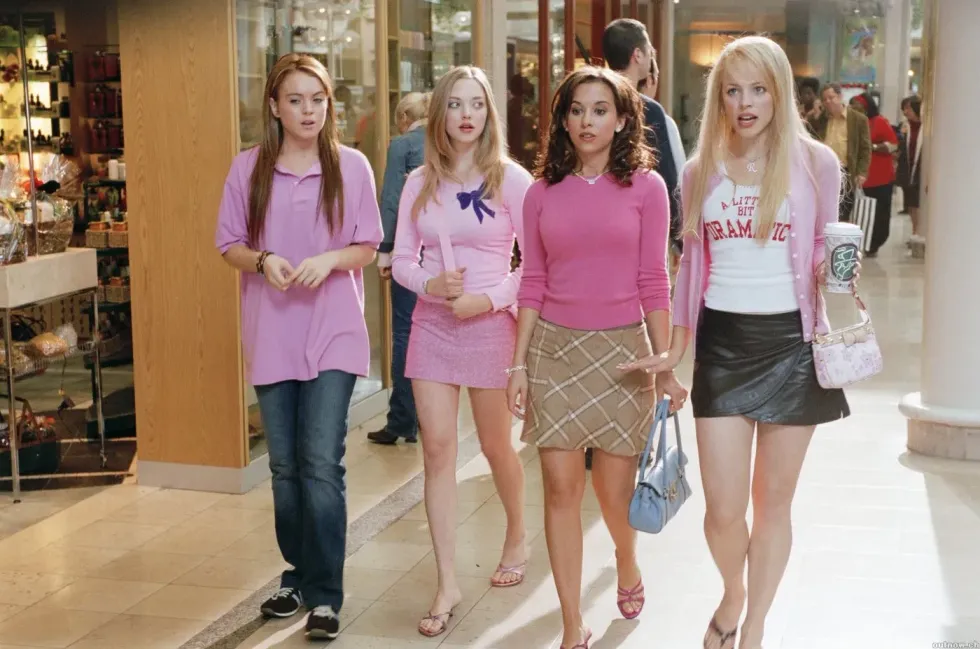What is Tone in Writing a Screenplay?
Do you know the definition and examples of this way to balance audience expectations?

'The Banshees of Inisherin'
When I brainstorm new ideas for movies, one of the things I work on right away is the tone of the story. To me, it informs so much more than even the genre.
The term 'tone' in screenwriting refers to the overall mood or atmosphere of a story.
It’s a crucial element that sets the stage for the narrative and guides the audience's emotional response. Understanding and effectively using tone can greatly enhance a screenplay's impact.
So today, we're going to go over this together and make sure you're thinking about it in your writing as well.
Let's get started.
Tone Definition in Screenplays
Tone is the emotional coloring of a screenplay. It shapes the audience’s expectations and perceptions of how to react.
When you write with the tone, you're writing the attitude of the story, and you're informing the reader how they should take in information and character.
Examples of Tone in Screenplays

'Before Midnight'
Searchlight
Creating a comprehensive list of examples of tone in screenplays involves exploring various moods and atmospheres that can be conveyed in a film.
This is by no means all of them, but I tried to get most of them in there with examples. and I slipped some books in there too and adaptations.
- Comedic: Light-hearted, amusing, often involving humor.
- Example: The Grand Budapest Hotel by Wes Anderson.
- Dramatic: Serious, often involving intense character development or conflict.
- Example: Manchester by the Sea by Kenneth Lonergan.
- Romantic: Focused on love and relationships, often with an idealistic or heartfelt approach.
- Example: The Notebook by Nick Cassavetes.
- Suspenseful/Thriller: High tension, often involving suspense, mystery, or excitement.
- Example: Gone Girl by Gillian Flynn.
- Dark/Gritty: Bleak, hard-hitting, often dealing with serious or mature themes.
- Example: No Country for Old Men by Joel and Ethan Coen.
- Fantastical/Fantasy: Featuring magical or supernatural elements, often set in imaginary worlds.
- Example: The Lord of the Rings by Peter Jackson.
- Science Fiction: Focused on futuristic or speculative science and technology.
- Example: Blade Runner 2049 by Hampton Fancher and Michael Green.
- Horror: Designed to frighten or unsettle, often involving supernatural elements.
- Example: Get Out by Jordan Peele.
- Action-Adventure: Fast-paced, often featuring physical stunts and chases.
- Example: Mad Max: Fury Road by George Miller.
- Biographical/Historical: Based on real events or figures, often with an emphasis on accuracy and period detail.
- Example: Lincoln by Tony Kushner.
- Satirical: Using humor, irony, or exaggeration to critique or mock.
- Example: Dr. Strangelove by Stanley Kubrick, Terry Southern, Peter George.
- Nostalgic: Evoking a longing for the past, often with a sentimental tone.
- Example: Midnight in Paris by Woody Allen.
- Inspirational: Uplifting, often featuring characters overcoming adversity.
- Example: The Pursuit of Happyness by Steve Conrad.
- Tragic: Involving sorrowful or disastrous events, often leading to a sad or reflective tone.
- Example: Requiem for a Dream by Darren Aronofsky.
- Mystery: Focused on solving a puzzle or crime, often involving investigation.
- Example: The Girl with the Dragon Tattoo by Steven Zaillian.
- Surreal/Abstract: Characterized by bizarre, irrational, or dream-like elements.
- Example: Eternal Sunshine of the Spotless Mind by Charlie Kaufman.
- Mockumentary: Imitating documentary style for comedic or satirical effect.
- Example: Borat by Sacha Baron Cohen.
- Dystopian: Depicting an imagined, oppressive, and bleak future society.
- Example: The Hunger Games by Suzanne Collins, Gary Ross, Billy Ray
How to Craft Tone In Your Screenplay

'Mean Girls'
ParamountAs I said up top, tone is very important when it comes to writing. It dictates how people interact with your work, and how you sell plot points ot the people reading.
- Dialogue: The way characters speak can set the tone. Sharp, witty dialogue creates a comedic tone, while terse, brooding dialogue can establish a darker atmosphere.
- Scene Descriptions: Vivid and detailed scene descriptions can evoke specific emotional responses, thereby setting the tone.
- Character Development: Characters’ behaviors, attitudes, and evolution throughout the story greatly influence the tone.
- Pacing: The speed at which the story unfolds can also affect the tone. A fast-paced narrative creates excitement, while a slower pace can build suspense or allow for deeper emotional connections.
- Visual Elements: Imagery and visual descriptions in the screenplay contribute to the overall tone. For example, stark, shadowy scenes can create a foreboding atmosphere.
Remember, the tone is more than just the story’s mood; it's the way the writer or director wants you to feel about a story.
So, put in your writing and get back to work!
- How Does 'Stranger Things' Control the Tone of The Show? ›
- Does God Exist in Your Story's World? Here's Why it Matters... ›
- Screenplay Tone is the Most Elusive Writing Element ›











